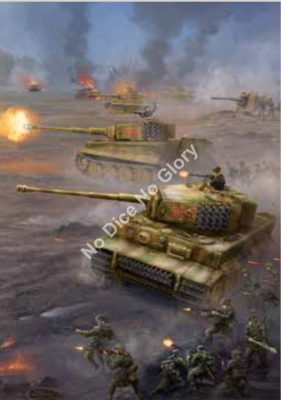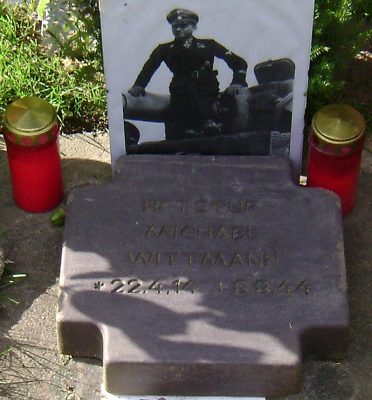 By Tom Gall
By Tom Gall
Battlefront’s German D-Day Command cards fall into line with what continues to be a newly established V4 tradition, release a book of new lists for a particular time and theatre of the war and at the same time, release a deck of command cards that complement the book with more force options and bits of flavor to add to your force.
I’ll cover a good number of the cards. My goal is to give you a feel for what is found in the card pack not review each and every card, though I do certainly cover the majority of them. If you have any questions, please reply to the article and I’ll happily answer.
Stats
There are 46 command cards for the German D-Day book. They span the range of named heroes (6), Tiger ace and accompanying cards, force or unit ability buffs, special modifications tied to a historical unit, new companies (2), and last swap outs (ex: Nebelwerfers in place of 10.5cm artillery).


 By Tom Gall
By Tom Gall